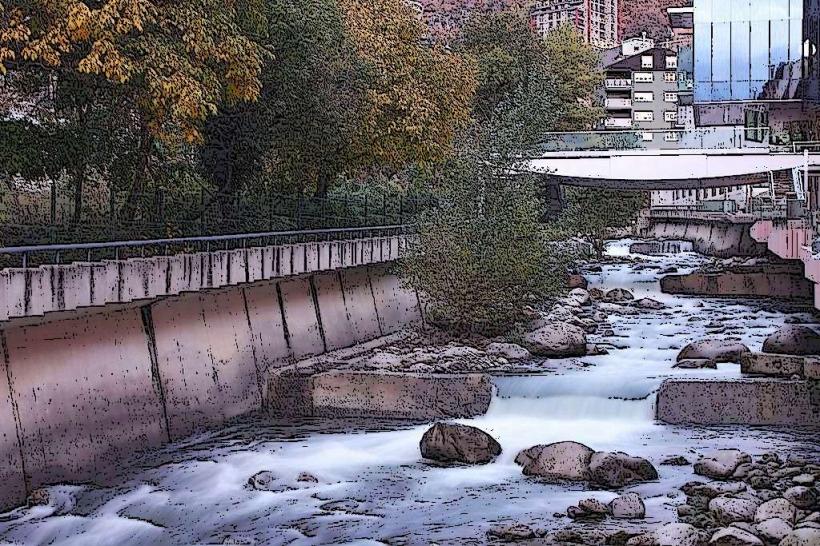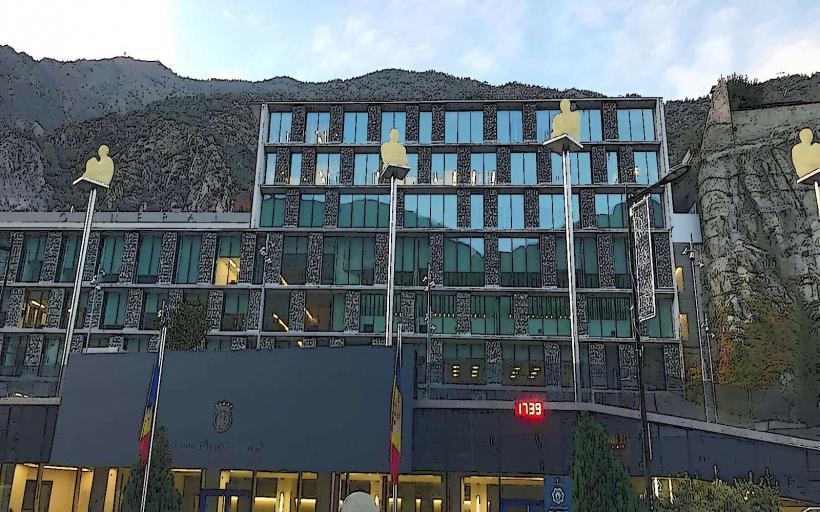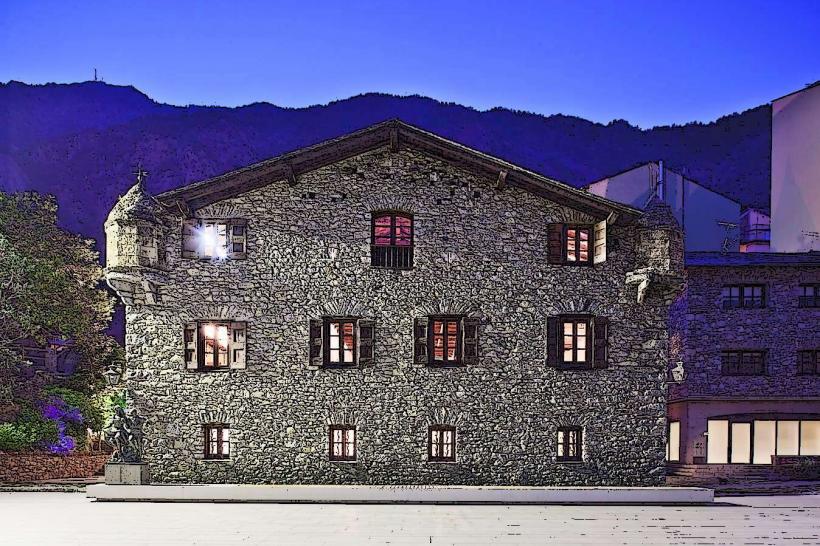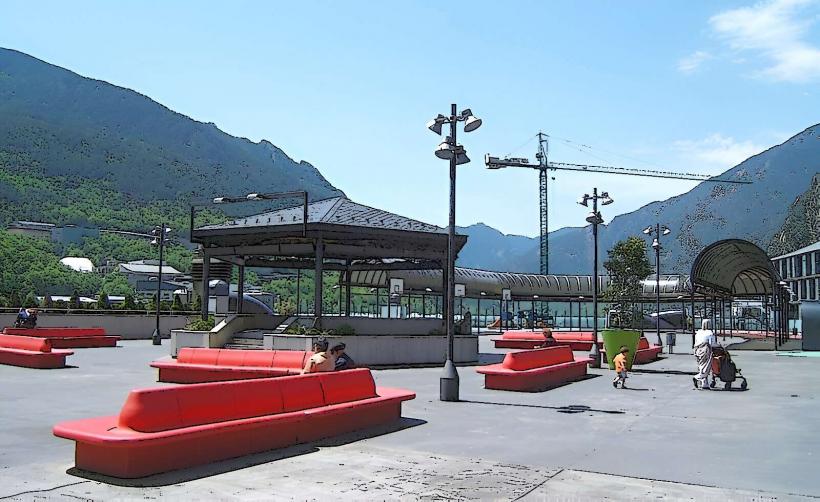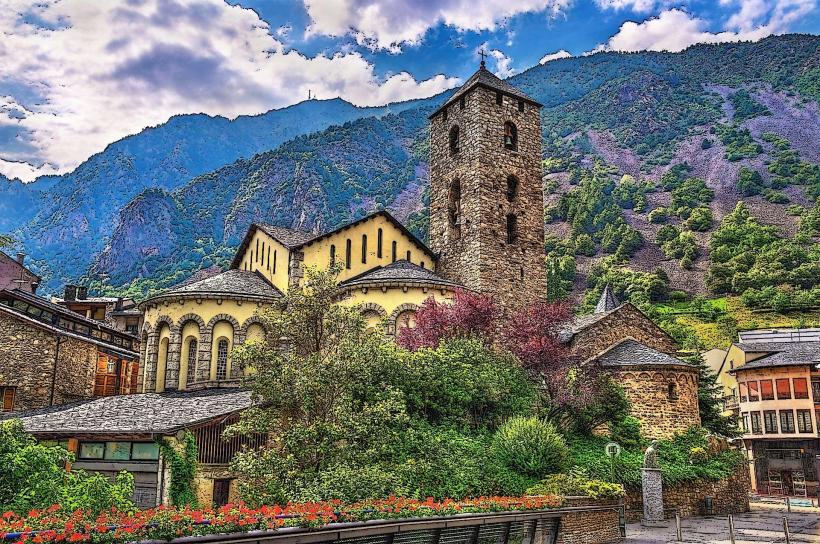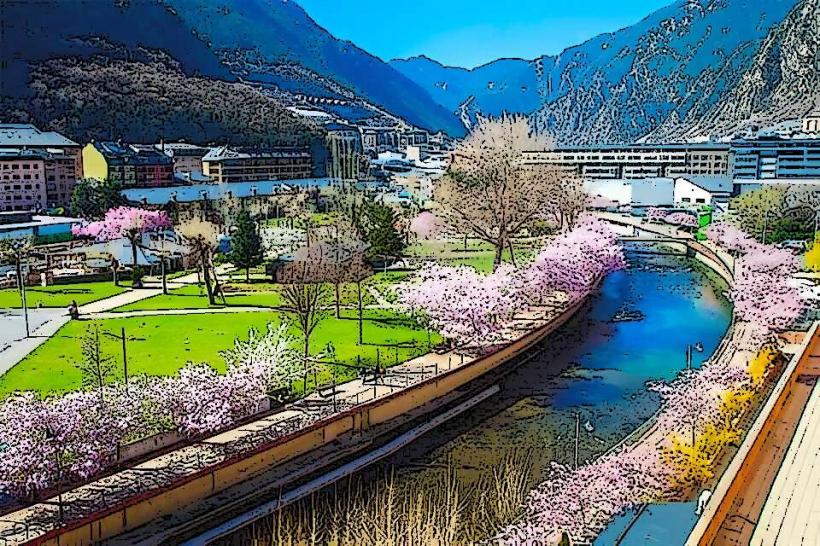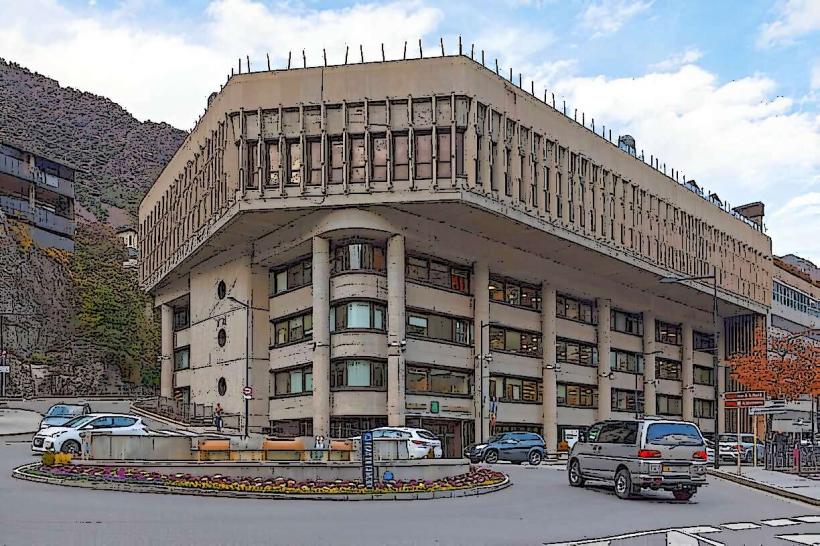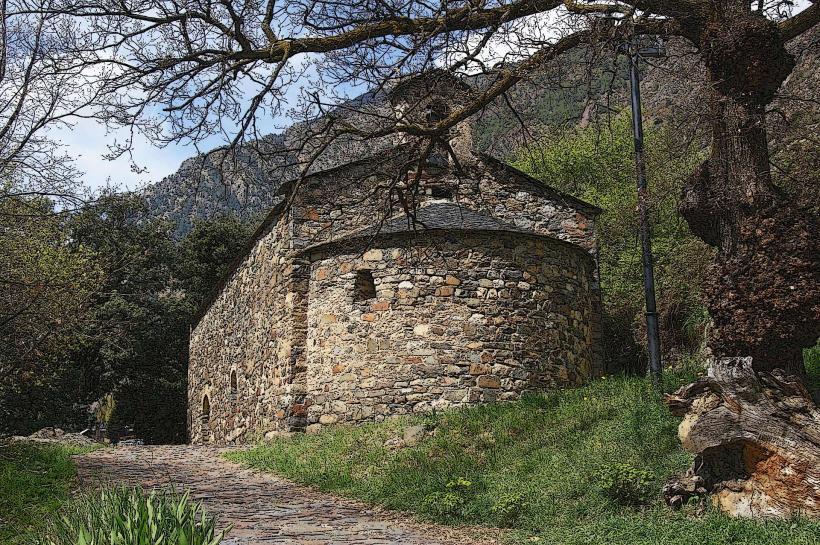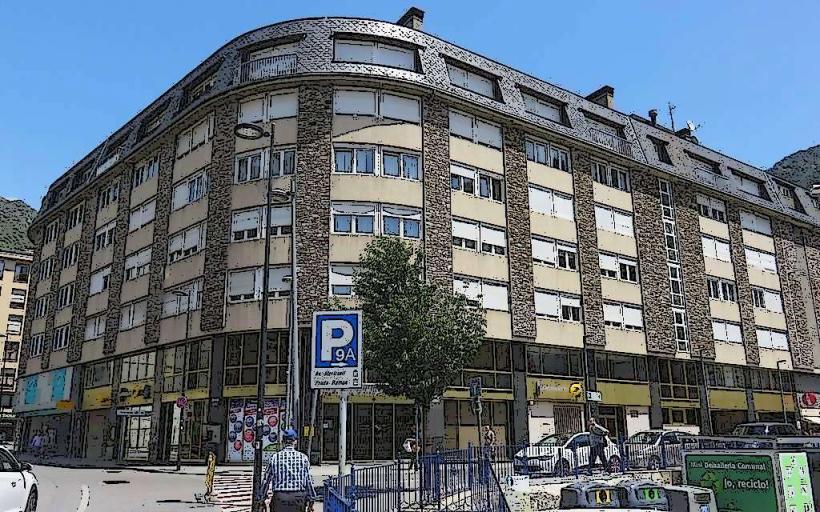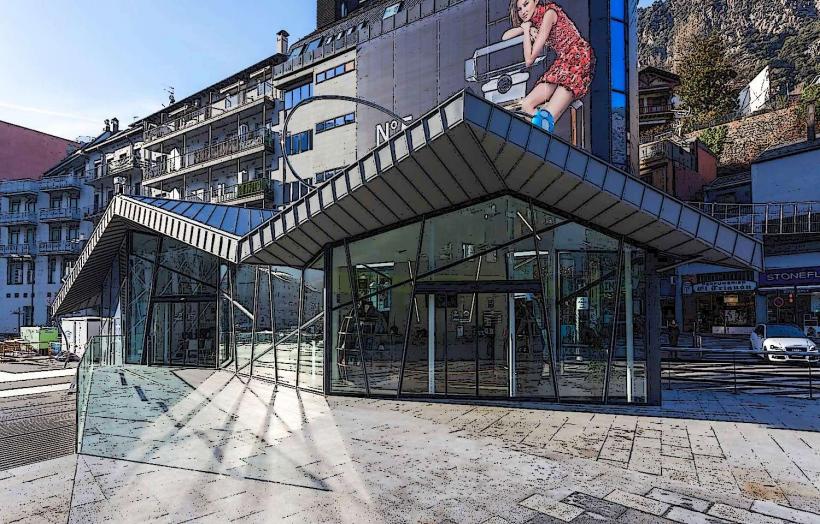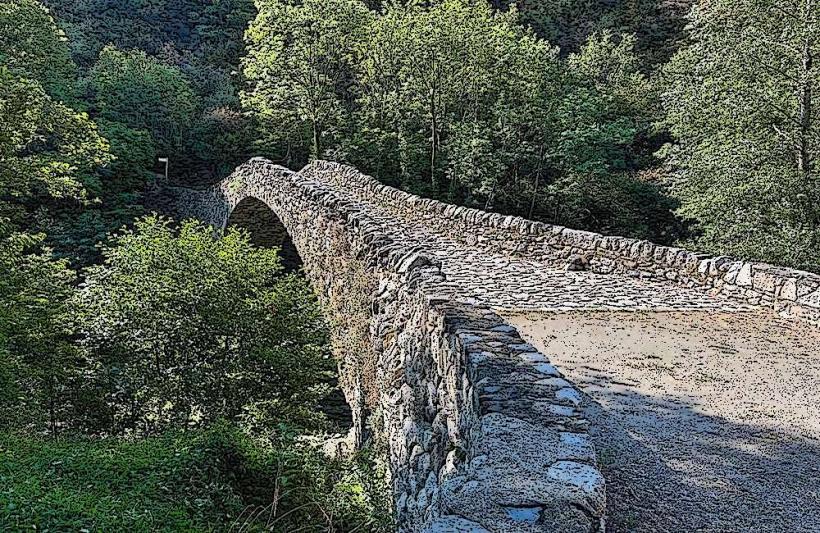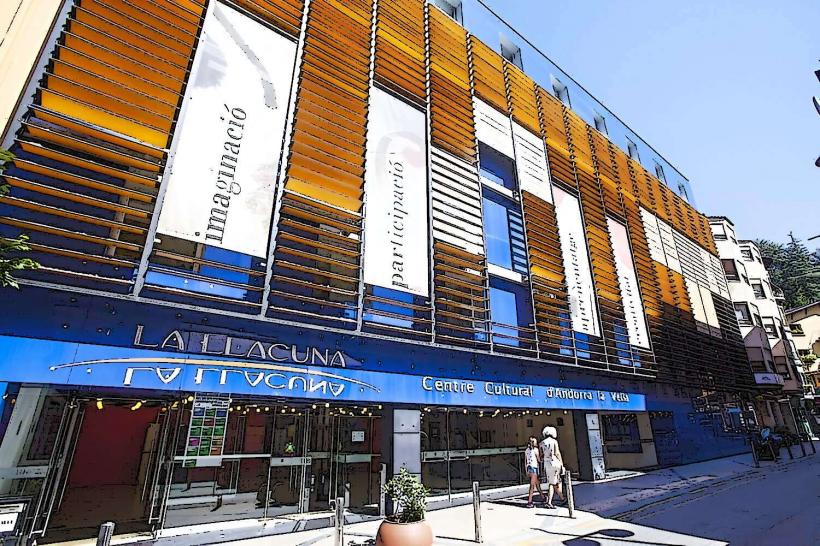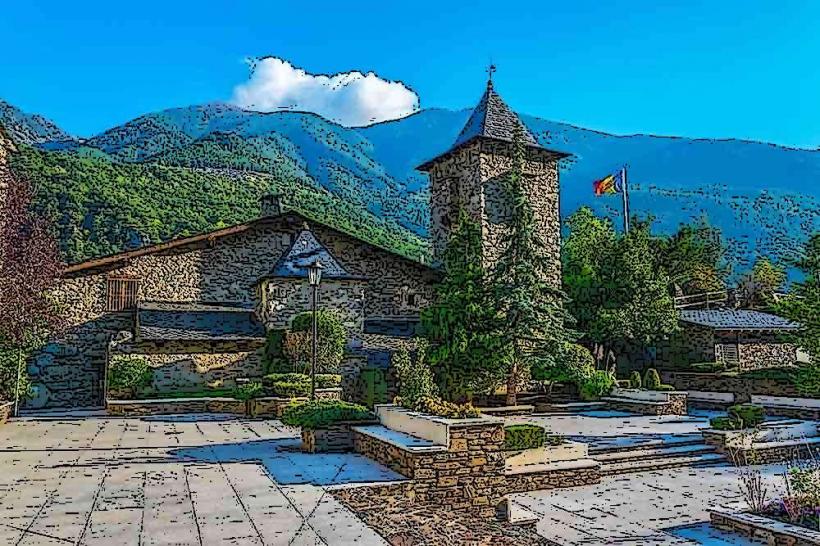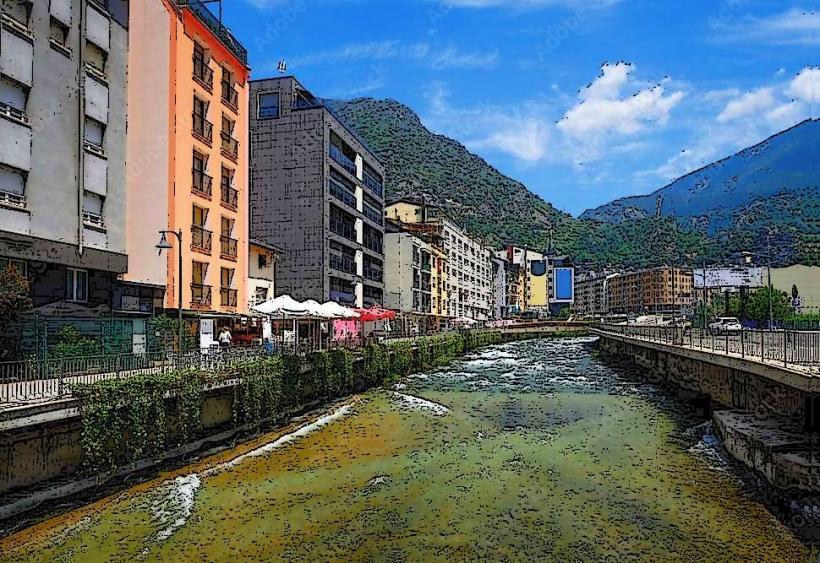Information
Landmark: La Noblesse du Temps SculptureCity: Andorra la Vella
Country: Andorra
Continent: Europe
The La Noblesse du Temps (The Nobility of Time) sculpture is a striking public artwork by the renowned surrealist artist Salvador Dalí. Located in Andorra la Vella, the capital of Andorra, this sculpture is a significant cultural landmark that attracts art enthusiasts and tourists alike.
Background of the Sculpture
Salvador Dalí created La Noblesse du Temps in 1977, and the sculpture is a quintessential example of his exploration of themes like time, mortality, and the fluidity of existence. It belongs to a series of works featuring melting clocks, a motif made famous by Dalí’s 1931 painting, The Persistence of Memory. These clocks symbolize the elastic and subjective nature of time, which was central to Dalí's artistic philosophy.
The sculpture was donated to the government of Andorra in 2010 by the Enric Sabater Foundation, marking its permanent installation in the city. It now stands as a symbol of Andorra's embrace of modern art and culture.
Description of the Sculpture
La Noblesse du Temps is a bronze sculpture that stands approximately 4.9 meters (16 feet) tall, including its pedestal. The artwork is both monumental and intricate, showcasing Dalí's signature surrealist style. Key elements of the sculpture include:
The Melting Clock:
- A central feature of the sculpture is the melting clock, draped over a tree-like structure.
- The clock is a metaphor for the subjectivity of time, suggesting that time is not rigid but flexible and fluid, shaped by personal perception.
The Tree Trunk:
- The clock rests on a textured tree trunk, symbolizing stability and the passage of time in the natural world.
- The contrast between the organic tree and the surreal clock creates a dynamic tension, reflecting Dalí’s fascination with opposing forces.
The Crown:
- Atop the clock is a golden crown, representing the nobility of time and its unyielding power over life and death.
- The crown elevates the concept of time to a regal, almost divine status.
Anthropomorphic Features:
- The sculpture includes elements that hint at human forms, such as the flowing shapes and textures, reinforcing the connection between time and the human experience.
Symbolism
Dalí’s La Noblesse du Temps explores profound philosophical themes, including:
- The Fluidity of Time: The melting clock challenges traditional perceptions of time as a fixed entity, emphasizing its malleable and subjective nature.
- Mortality: The sculpture invites viewers to reflect on the passage of time and the inevitable nature of life and death.
- Eternity and Legacy: By pairing temporal elements with enduring symbols like the crown and tree, the sculpture suggests a tension between fleeting moments and the pursuit of immortality.
Location and Surroundings
The sculpture is prominently displayed in Plaça de la Rotonda, a bustling area in the commercial district of Andorra la Vella. Its central location makes it easily accessible and ensures its visibility as an iconic feature of the city.
The surrounding plaza is pedestrian-friendly, with benches and open space that encourage visitors to spend time admiring the artwork. Nearby, the Valira River flows through the city, adding to the scenic backdrop of the sculpture.
Cultural and Touristic Importance
Since its installation, La Noblesse du Temps has become a symbol of Andorra's cultural sophistication and its embrace of the arts. It serves as a cultural landmark and a must-visit site for tourists exploring Andorra la Vella.
The sculpture is also frequently included in local events, cultural tours, and photography projects, highlighting its significance as a centerpiece of the city's artistic heritage. Its presence enhances Andorra's reputation as a destination for both natural beauty and artistic expression.
Conclusion
The La Noblesse du Temps sculpture by Salvador Dalí is a masterpiece of surrealist art that stands as a cultural treasure in Andorra la Vella. With its thought-provoking symbolism, monumental design, and central location, it continues to captivate visitors and locals, inspiring reflections on the nature of time and existence.

